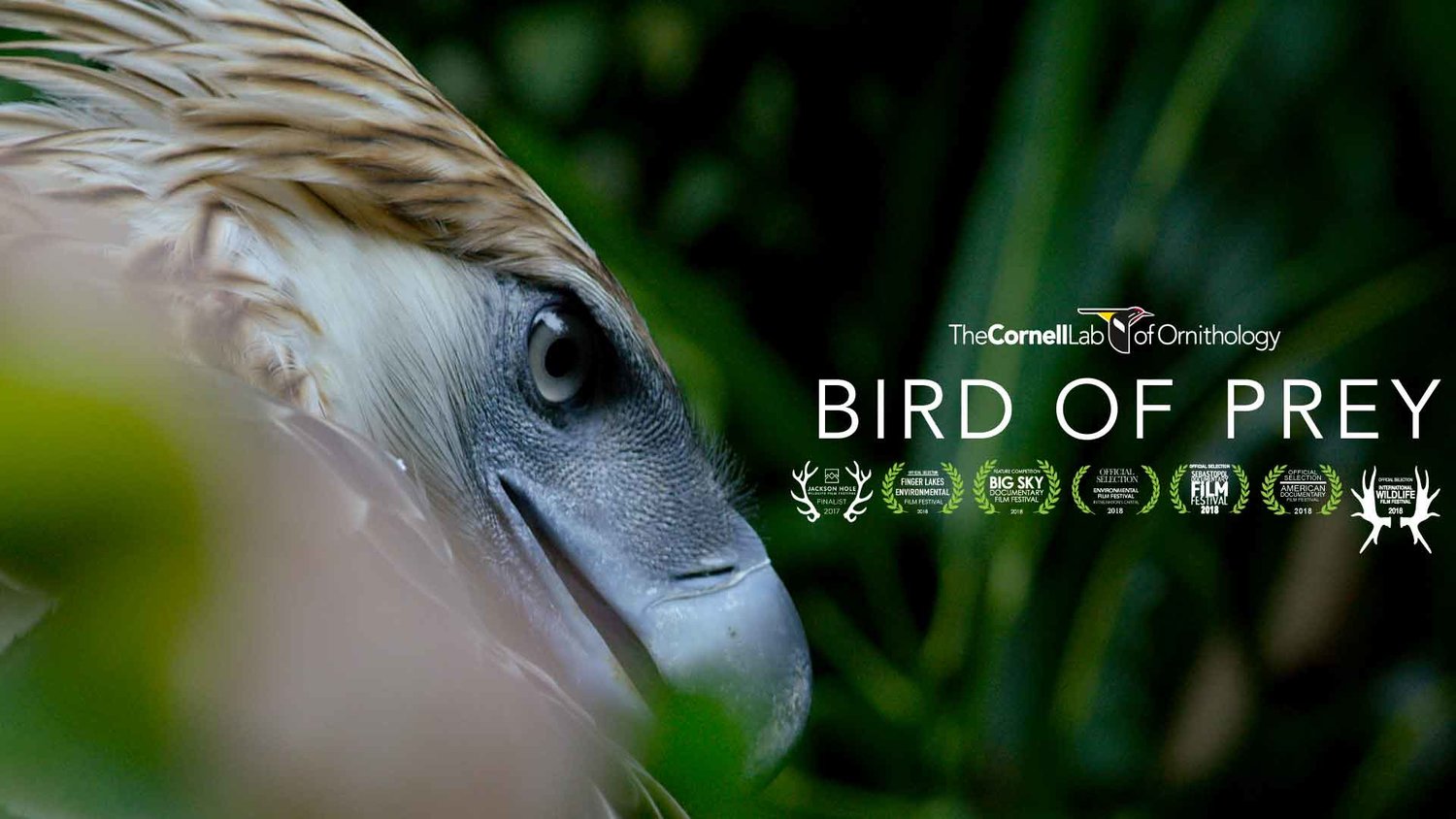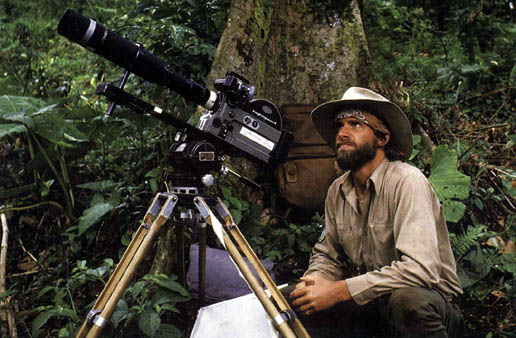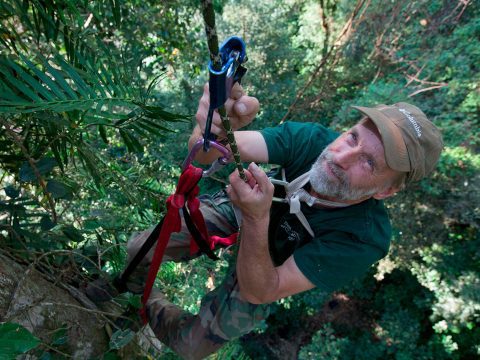Fighting for Survival: The Struggle to Protect the Critically Endangered Philippine Eagle
The Philippine Eagle, known as the monkey-eating eagle, is one of the rarest birds of prey in the world, and it is only found in the Philippines. With only about 300 birds remaining, the Philippine Eagle is critically endangered, and its survival is under threat due to habitat loss, logging, and hunting.
Bird of Prey is a documentary film that follows the efforts of three Americans to study and film the Philippine Eagle. The filmmakers spent nearly two years in the Philippines filming and studying the eagle, documenting the challenges they faced while conducting their research.
The documentary sheds light on the importance of conservation efforts to protect endangered species, and how the power of images can change how people perceive and care about the environment. In this article, we will delve deeper into the documentary, discussing the challenges faced by the filmmakers, the efforts to save the Philippine Eagle from extinction, and the importance of ecological conservation.
Challenges faced by the filmmakers
The documentary highlights the challenges faced by the filmmakers while documenting the Philippine Eagle. The team faced several hurdles, including inventorying their equipment, dealing with customs, and climbing trees to get close to the eagles. The job of filming the Philippine Eagle is a dangerous one, as eagles and many birds of prey do not like people near their nests, and they will attack. One scientist was even attacked by the mother eagle while trying to study the eaglet.
Despite the challenges, the team persevered and managed to capture stunning footage of the eagles and their behavior. The film takes the viewer on a journey through the lush forests of the Philippines, providing a unique and personal glimpse into the life of the Philippine Eagle.
Efforts to save the Philippine Eagle from extinction
The documentary highlights the conservation efforts being made to save the Philippine Eagle from extinction. The team of conservationists, led by a man named Neil, is passionate about protecting this beautiful bird from disappearing. Their work involves climbing trees to locate nests and protect the chicks, and lobbying governments to change the name of the Philippine Eagle from the "monkey-eating eagle" to promote conservation efforts.
The team stresses the need to make ecological conservation efforts more inclusive and multidisciplinary, including aspects of economics, politics, and society. Despite the pessimism of some, the team remains committed to their cause, and their efforts are paying off. The Philippine Eagle has survived through the efforts of conservationists, and its population is slowly growing.
Importance of ecological conservation
The documentary serves as a call to action to conserve the remaining forests and protect the fragile ecosystem of the Philippine Eagles. The increase in population pressure and the demand for hardwoods in distant countries have resulted in the removal of two acres of forest every one and a half minutes. The loss of habitat and the fragmentation of forests have severely affected the survival of the Philippine Eagles.
The filmmakers stress the importance of ecological conservation and how it is essential to take a multidisciplinary approach that includes economic, political, and societal aspects. Ecological conservation not only helps preserve endangered species but also benefits the environment and society as a whole.
The Philippine Eagle is a symbol of the country's biodiversity and natural heritage, and its conservation is critical to maintaining the balance of nature. The documentary serves as a call to action for governments, NGOs, and individuals to work together to protect the remaining forests and promote ecological conservation efforts.












No comments